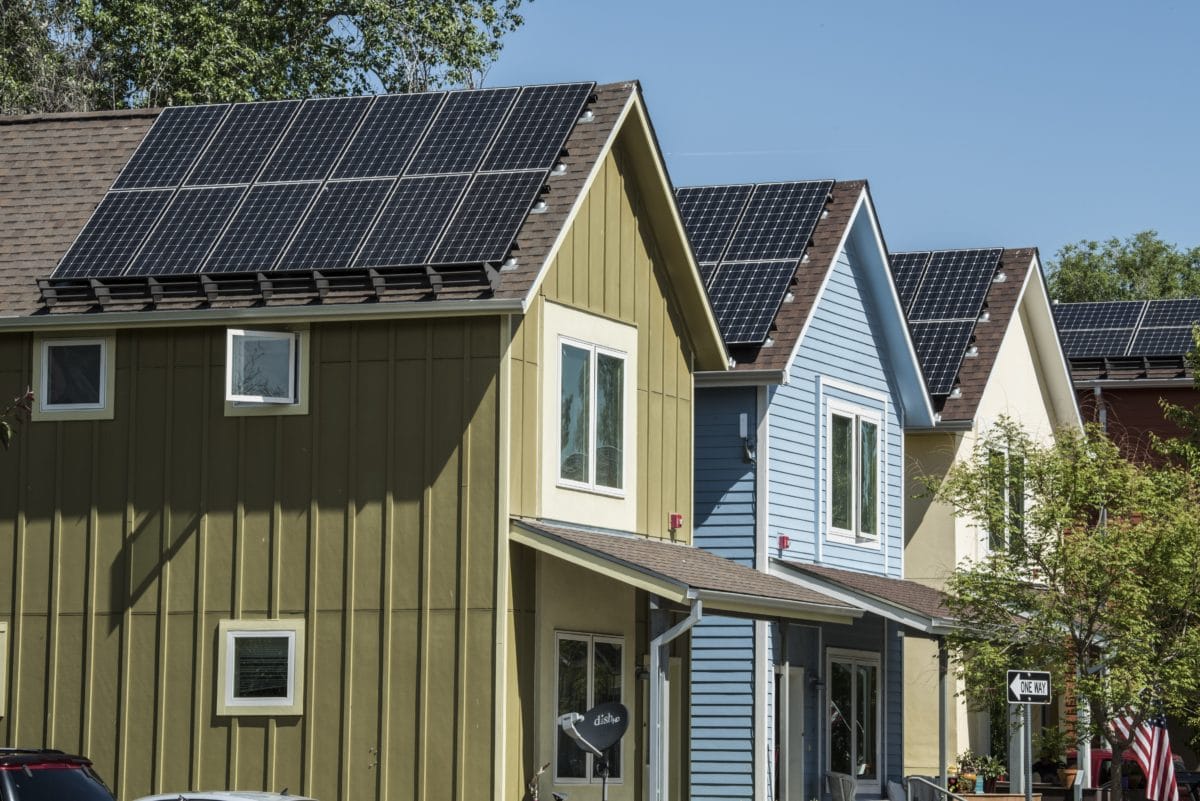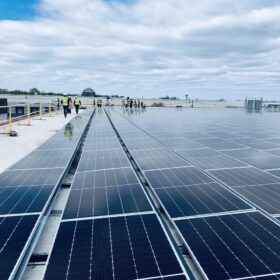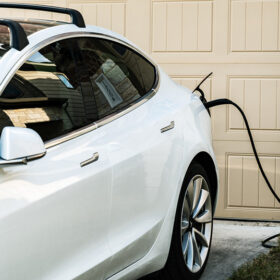The 30% federal tax credit for residential solar installations has been a staple of U.S. solar policy since it was established under Section 25D of the U.S. tax code in the Energy Policy Act of 2005. That will change in short order, as installations placed in service after December 31st, 2025 will not qualify for the credit.
The end of the tax credit brings uncertainty for residential solar installers—especially those who rely exclusively on cash or loan sales of systems directly to homeowners. System payback is one of the most attractive benefits of a residential solar installation, and if the cost of a system is now 30% higher, far fewer homeowners are likely to be interested.
However, industry sources who spoke with pv magazine USA say that changes are coming that may improve the financial picture for homeowners who choose to purchase home solar panels in 2026 and beyond. They assert that between reductions in the installed cost of solar and changes in the way home solar-plus-storage systems operate, residential solar has a very bright future.
Ravi Mikkelsen, CEO of Atmos Financial, has been a strong advocate for a residential solar installed price target of $2 per watt. For context, that’s about 40% lower than the current average modeled cost of an 8-kW residential system, which was $3.36 per watt in Q2 of 2025, according to SEIA and Wood Mackenzie.
Mikkelsen says Atmos partner installers across the country have already achieved this milestone by changing their customer acquisition practices, working with financing companies that don’t add dealer fees to their solar loan products and adopting technology-first operations to cut down on soft costs like design and permitting.
But he goes further, pointing out that $2 per watt solar results in a per-kilowatt-hour energy cost of roughly 7 cents. At that price, he says, solar offers homeowners a way to benefit from coming changes to the way they interact with the utility grid.
Mikkelsen sees an evolving post-net metering landscape in which owners of distributed solar and storage systems will become market participants and can sell their excess electricity to the grid for a profit during multiple peak periods every week. And he says that while the typical homeowner may not get excited about their system becoming an interactive grid asset, installers must help them understand how they can benefit financially.
“I don’t think any individual homeowner cares about (turning residential solar into grid infrastructure),” Mikkelsen says, “but they care about the economics” of their home solar installation.
Ed Gunn, vice president of revenue at Lunar Energy, says he also thinks the US will adopt “more interesting utility rates” in the near future. He adds that his company’s software is built to participate in current virtual power plant (VPP) programs, and can also perform optimizations down to the individual customer level to meet the needs of the grid and earn homeowners a payment for their exported electricity in a more dynamic rate environment.
Lunar Energy has positioned itself to offer those benefits to homeowners whether they purchase a solar-plus-storage system with cash, or choose a Third-Party-Ownership (TPO) model like a solar PPA or lease.
Systems installed under TPO agreements can still qualify for the the Section 48E Clean electricity investment credit, subject to restrictions that require installations for which construction begins after December 31st, 2025 to use at least 50% domestic content and not include any “material assistance from a prohibited foreign entity (also called “foreign entities of concern,” or FEOC).”
Gunn says Lunar Energy is “proudly domestic content, and proudly non-FEOC,” which means their products can be used in TPO installations and retain tax credit eligibility. He also says the company can offer stability to installers through its shorter supply chain and its singular focus on the US market.
With the end of the Section 25D tax credit, TPO installations could become a much larger part of the overall residential solar market. Indeed, the CEO of Sunrun, the nation’s largest TPO solar company by market share, recently estimated that the company will deploy 10,000 Lunar battery systems in the coming year.
TPO is also becoming appealing to installers who have traditionally sold only to customers who pay for their installation with cash or a loan.
“Most installers that have not typically sold TPO systems are having conversations with every TPO provider,” said Shelby Hoffman, National Sales Director at Sunrgy Solar Distribution. However, she cautions that there may be difficulty ahead for those who are not forecasting closely with their distribution partners to ensure their equipment supply in 2026.
“The module shortage—specifically when it comes to domestic content—is the biggest pain point,” she says. “Installers are thinking about doing more TPO, but they have very valid concerns that there won’t be enough domestic content and FEOC compliant material, at least in the early part of 2026. Their supply chain partnerships matter.”
When it comes to reducing operating costs, Hoffman says it may be difficult, because costs for all solar equipment have increased. She advises companies to cut soft costs as much as possible, and choose free tools like the Open Solar design platform, rather than opting for paid software subscriptions.
When asked about the qualities that will help solar installers succeed in the coming year, Hoffman said it will be those that plan ahead and have the right partnerships. Gunn said he favors the companies that “are really obsessed about customer experience,” who “want to maintain a long-term relationship” with their customers.
Both Mikkelsen and Gunn stress the importance of working in concert with utility companies where it makes sense, with the former advocating for “creating partners from current opponents,” and the latter hoping to bring distributed energy resources (DERs) to participate in the grid to save (and make) money for end users.
The premature end of the Section 25D tax credits in 2025’s One Big Beautiful Bill Act has forced major changes in the way residential solar companies will operate in 2026 and beyond, but innovative ideas for new ways of doing business are coming from all corners of the industry.
As Hoffman puts it: “in tough times, we get through it together.”
This content is protected by copyright and may not be reused. If you want to cooperate with us and would like to reuse some of our content, please contact: editors@pv-magazine.com.









Sure is nice to see the TPO industry so willing to enter the installer base into servitude due to Washingtons attack on small businesses in the solar industry. Very nice to see how TPO will dominate the 2026-2028 landscape and what were independent installers will now be their lacky servants installing whatever they ‘let’ us. If only small business had the millions of dollars of lobby…’bribe’ money to give politicians so they too could have stayed independent.
Good job on all you TPO’s for your artfully crafted lobby to protect your interests while 80% of the solar installers are forced into bankruptcy or servitude to you. Thanks god we are heavy C&I, this is a travesty of justice.